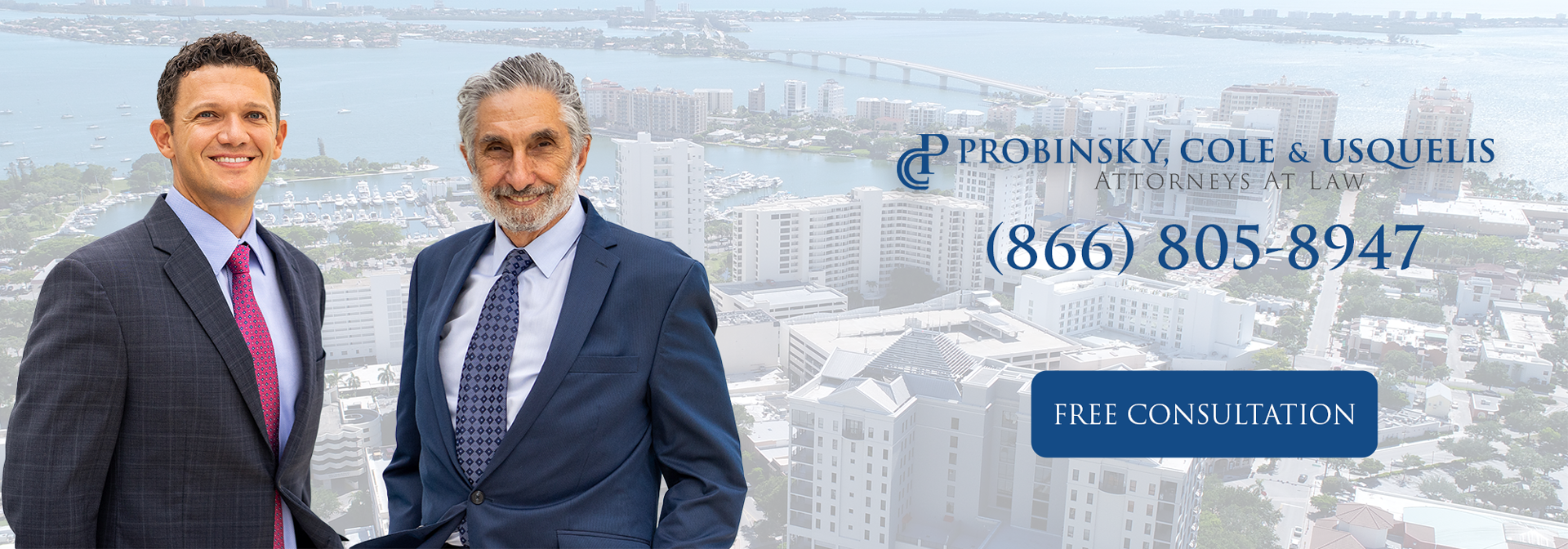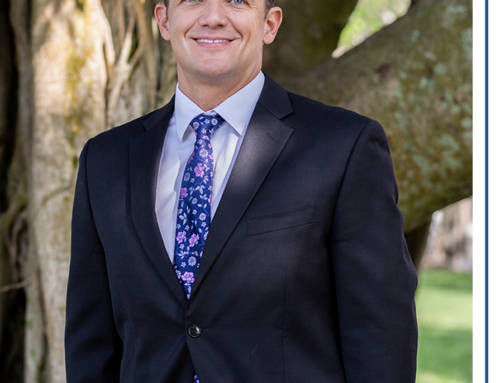While applying for a visa, you may receive a Request for Evidence (RFE). While any delays or roadblocks in your application may seem scary, don’t worry. U.S. Citizenship and Immigration Services (USCIS) may request further evidence for a wide variety of issues – some major, but some minor. Today, we will discuss what an RFE is and how to respond.

What Triggers an RFE?
An RFE is typically issued for a few key reasons. The most common trigger is an incomplete application. If your visa application lacks critical information or necessary documents, USCIS will send an RFE to request those missing pieces. Another frequent cause is the lack of sufficient evidence.
For instance, if you’re applying for a work visa but fail to provide enough proof of your professional qualifications or job offer, USCIS might issue an RFE for additional documentation.
Similarly, for family-based visas, insufficient evidence of the relationship can prompt an RFE. An RFE is not a flat-out denial – think of it as an opportunity to clarify and strengthen your application, thereby improving your chances of approval.
General Guideline To Follow After Receiving an RFE
- Review the RFE Letter Thoroughly: Understand the specific evidence or documentation that USCIS is requesting. Pay close attention to the details in the RFE.
- Note the Deadline: USCIS provides a strict deadline for RFE responses. Mark this date clearly, and plan to submit your response well before this deadline.
- Assess the Evidence Requested: Identify what additional information or documents are required. Make a list of these items.
- Plan Your Response: Start organizing how you will gather the required evidence. Consider creating a timeline for yourself to ensure timely completion.
- Avoid Delays: Begin working on your response as soon as possible. Delays can jeopardize your chances of a successful visa application.
- Seek Clarification if Needed: If any part of the RFE is unclear, consider consulting with an immigration attorney to ensure you fully understand what is required.
It is important to remember that immigration attorneys live and breathe this complex world daily. While you may not have even heard of an RFE until receiving one in the mail, an experienced immigration attorney has helped countless clients respond to an RFE and continue in the visa process. An attorney’s early involvement can help ensure that your response is comprehensive, accurately responds to the concerns of the USCIS, and adheres to the standards that the USCIS expects for evidence.
Best Practices for Responding to Visa RFE
When responding to a Visa RFE with an attorney, these best practices should be followed:
- Adhere to USCIS Guidelines: Ensure that your response strictly complies with the instructions provided in the RFE.
- Be Clear and Concise: Present your information and evidence clearly and avoid unnecessary details that don’t directly address the RFE.
- Organize Your Response: Use headers, bullet points, or numbers to organize your response, mirroring the structure of the RFE for easy reference.
- Include a Detailed Cover Letter: You can attach a cover letter to summarize your response and highlight how each piece of evidence addresses the RFE.
- Proofread for Accuracy: Double-check your response for any errors or omissions. Accuracy is key in demonstrating your attention to detail and seriousness about your application.
If you are worried about deadlines, attorneys can help alleviate your fears. You should never rush a response, but generally, deadlines are weeks or months away, and an immigration attorney can work with you to craft a compelling response in that time frame.
If you are facing an RFE, contact the team at Probinsky & Cole today to learn about your options and craft a clear response.







